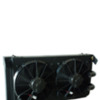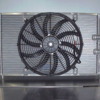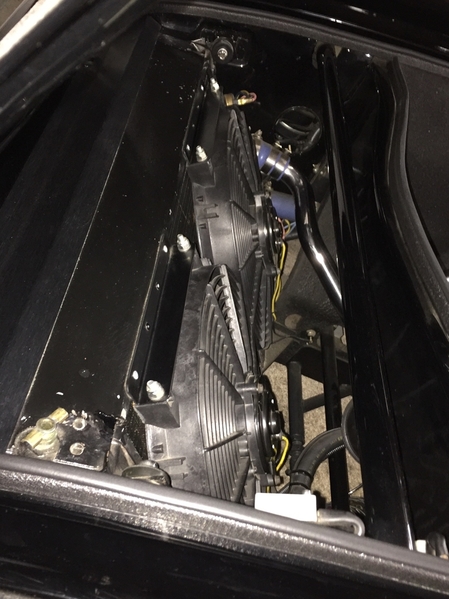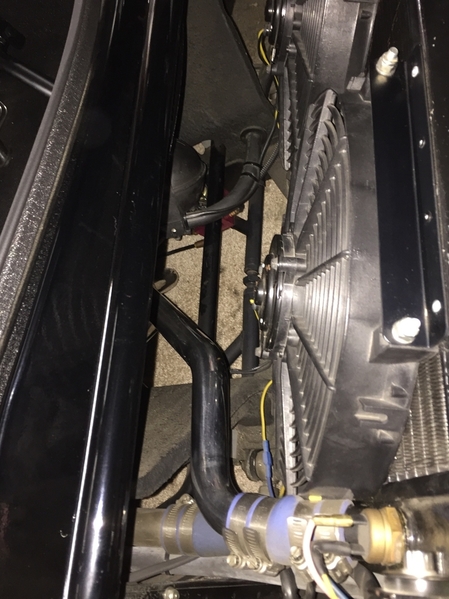quote:Is there a way to recognise from a picture a pre-74 radiator with vertical baffle from a later design with newer horizontal divider?
-Sami
No, but sticking a piece of wire in the right side bleeder valve will tell you. If the wire goes in all the way to the back of the tank, the rad has a horizontal baffle. If the wire only goes in about halfway, it has the earlier vertical baffle and should be changed. DeTomaso TSB Bulletin 2, article 35 shows the factory modification.
Corvettes, Z-28 Camaros and many other road cars have had stock aluminum radiators from the factory since the late '60s. The technology is 'mature'. Alloy rads remove a huge amount of front end weight: a stock '72 Pantera brass radiator weighs 64 lbs. A custom-built brass replacement weighed 45 lbs and a Fluidyne aluminum rad weighs 16 lbs. The Fluidyne cooled our engine much better than either of the brass ones (15F lower on long fast highway runs with no other changes).
The water you dump in the radiator will determine the assembly's life. Some areas have such corrosive water that an unprotected alloy rad has an operating life of a year or less. Most vendors now supply a bottle of 'No-Rosion' anti-corrosion fluid with all their aluminum radiators and there are others. They also suggest changing all the coolant yearly. Corvette shops stock anti-corrosion sacrificial anodes (Mag or zinc)to be put in the coolant tanks. The anodes dissolve rather than the radiator, cylinder heads or block.
Finally, home-handymen(?) tend to wind bleeder valves and other threaded parts into aluminum alloy with far too much teflon tape and force: I've seen NEW aluminum radiators with pipe-threaded aluminum bosses split wide open, returned under warranty as 'defective'. Cooling systems seldom see 20 psi; we are NOT sealing high pressures or explosive fuel here!








